
Interesting Facts About Mexican Culture (Read The Best 88)
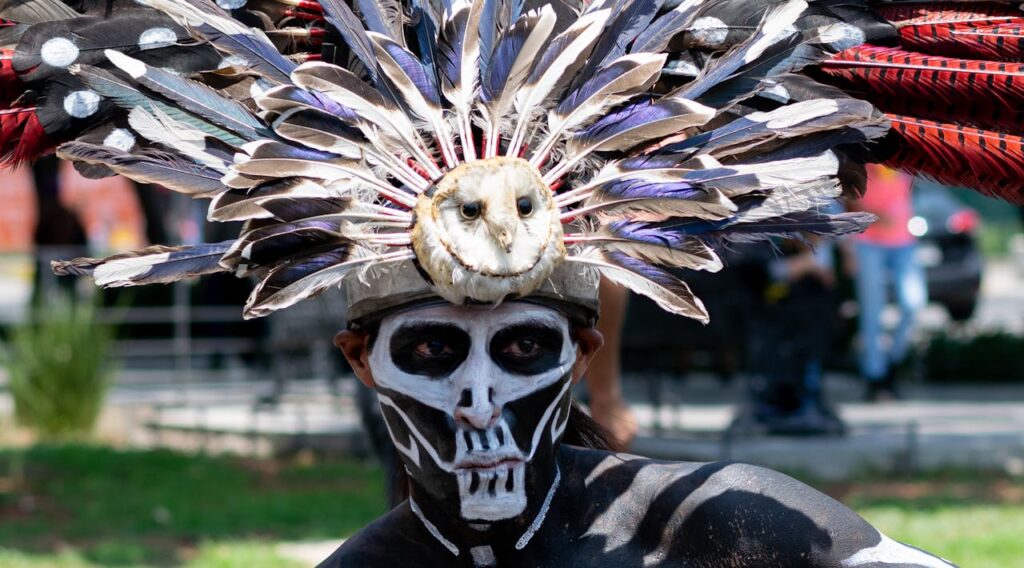
The Legacy of the Aztec Empire
- Foundation of Modern Mexican Culture: The Aztec Empire, with its rich traditions and advanced societal structures, laid many of the foundations for contemporary Mexican culture. From the grandeur of Tenochtitlan, the ancient Aztec capital, to the enduring influence of Aztec mythology, this ancient civilization continues to fascinate and inform.
Central Mexico: A Cultural Melting Pot
- Diverse Influences in a Vibrant Region: Central Mexico, encompassing the capital city and surrounding areas, serves as a melting pot of the various cultural influences that have shaped Mexican culture. This region reflects a blend of indigenous and Spanish colonial legacies.
The Significance of Indigenous People in Mexican Culture
- Continuing Influence and Respect: Indigenous people have played a crucial role in shaping Mexican culture. Their traditions, languages, and customs are integral to the country’s identity. Particularly in regions like Southern Mexico and the Yucatan Peninsula.
Mexican Festivals and Traditions: A Colorful Celebration
- Cinco de Mayo and Independence Day: Celebrations like Cinco de Mayo and the Feast of Our Lady of Guadalupe showcase Mexico’s rich cultural heritage and its people’s love for vibrant, communal festivities.
The World’s Largest Pyramid and Other Architectural Marvels
- Great Pyramid of Cholula: Often overshadowed by its more famous counterpart, Chichen Itza, the Great Pyramid of Cholula is recognized as the world’s largest pyramid. A testament to Mexico’s architectural ingenuity.
The Richness of Mexican Art and Literature
- Diego Rivera and Beyond: Mexican art, represented by figures like Diego Rivera and Frida Kahlo, offers a window into the country’s soul. Literature, too, reflects the rich tapestry of Mexican life, from pre-colonial myths to contemporary narratives.
Mexican Cuisine: A Delicious Blend of History and Flavor
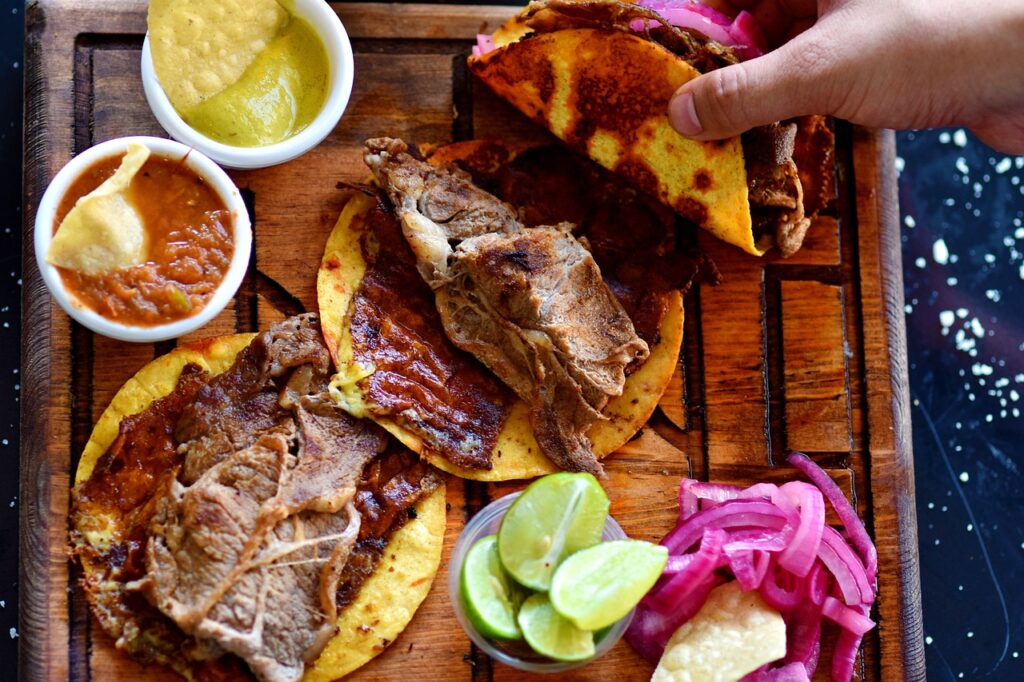
- More Than Just Tacos: Mexican cuisine, known for popular dishes like tacos and enchiladas, is a fusion of indigenous and Spanish influences. Ingredients like corn, chili peppers, and chocolate (used in traditional hot chocolate) play a central role in Mexican cooking.
The Mexican Flag: An Emblem of National Identity
- Deep Symbolism: The Mexican flag’s colors and emblem—the golden eagle perched on a prickly pear cactus—tell a story of resilience and independence. This flag is a source of immense pride for Mexican people.
The Vibrant Urban Life of Mexico’s Major Cities
- From Mexico City to Guadalajara: Mexico’s urban areas, like its capital and Guadalajara (the second largest city), are centers of cultural, economic, and social activity. Each with its own unique flavor and charm.
FAQs About Interesting Facts About Mexican Culture
How do the traditions of the Aztec Empire influence modern Mexican culture?
The traditions of the Aztec Empire continue to influence modern Mexican culture in various ways. The Aztecs, known for their complex social structures, architecture, and art, have left a lasting impact on Mexican culture. For instance, many Mexican festivals and rituals have roots in Aztec traditions.
The Aztec language, Nahuatl, is still spoken in some regions and influences the Mexican Spanish dialect. Aztec mythology and symbols are prevalent in modern Mexican art and literature. Additionally, certain foods and agricultural practices introduced by the Aztecs, such as the cultivation of maize and the use of chilies, remain integral to Mexican cuisine.
What makes Central Mexico a cultural melting pot?
Central Mexico is considered a cultural melting pot due to its rich history and the convergence of diverse influences. This region, encompassing the Mexican Plateau, has been the center of various pre-Columbian civilizations, including the Aztecs. The Spanish conquest and colonization introduced European cultural elements.
Central Mexico is also geographically diverse, ranging from high mountains to fertile valleys. Attracting different groups and fostering diverse agricultural and culinary traditions. The fusion of indigenous and Spanish influences, along with contributions from other immigrant cultures, has created a unique cultural blend. Evident in the region’s architecture, cuisine, language, and artistic expressions.
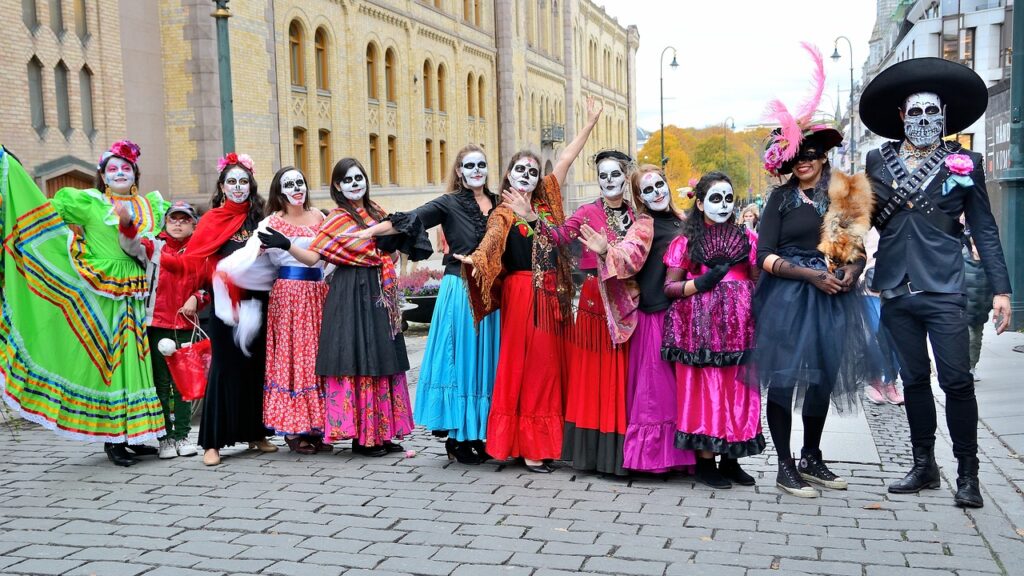
Why are Mexican festivals such a significant part of the country’s culture?
Mexican festivals are significant as they reflect the country’s rich history, religious beliefs, and community values. These festivals, often a blend of indigenous and Spanish Catholic traditions, provide a window into Mexico’s syncretic cultural identity.
Celebrations like Dia de los Muertos (Day of the Dead), Semana Santa (Holy Week), and Cinco de Mayo showcase Mexico’s unique approach to commemorating historical events. Honoring saints, and celebrating life and death. These festivals are characterized by vibrant colors, traditional music, dance, and food. Serving as important occasions for community gathering, cultural expression, and the preservation of traditional practices.
What distinguishes Mexican cuisine from other Latin American cuisines?
Mexican cuisine is distinguished from other Latin American cuisines by its unique ingredients, complex flavors, and extensive culinary history. While sharing some common elements with other Latin American cuisines, such as a reliance on corn, beans, and rice. Mexican cuisine stands out for its use of a variety of chili peppers, chocolate (in savory dishes like mole), and native ingredients like avocado and tomato.
Techniques such as nixtamalization (processing corn) and the use of masa (corn dough) are distinct to Mexican cuisine. The diversity of regional cuisines within Mexico, from the seafood of coastal regions to the hearty meats and cheeses of the north, also adds to its uniqueness.
How do the major cities of Mexico reflect the country’s cultural diversity?
The major cities of Mexico, including Mexico City, Guadalajara, Monterrey, and others, reflect the country’s cultural diversity. Through their rich tapestry of history, architecture, cuisine, and demographics. These cities are melting pots of indigenous, Spanish, and other cultural influences.
For example, Mexico City, built on the ruins of Tenochtitlan, showcases Aztec heritage alongside colonial architecture and modern skyscrapers. Each city has its own unique culinary specialties, local festivals, and artistic scenes.
The presence of diverse communities within these cities, including indigenous groups and immigrants from other countries, contributes to the vibrant cultural mosaic. Making each city a microcosm of Mexican culture.
Facts About Mexican Culture Conclusion (To be Continued…)
In our continued exploration of the most interesting facts about Mexican culture, we have uncovered the profound impact of historical empires. The vibrant celebrations that mark the Mexican calendar, and the rich flavors that define its cuisine. As we delve deeper into this vibrant country’s heritage, we discover a tapestry woven with the threads of history, tradition, and modernity.


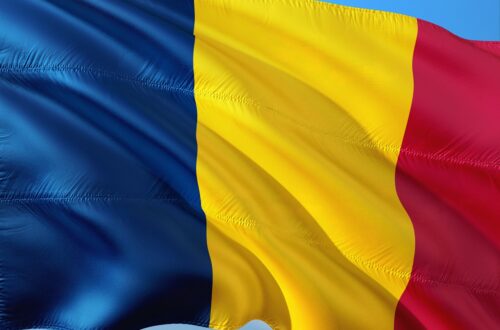

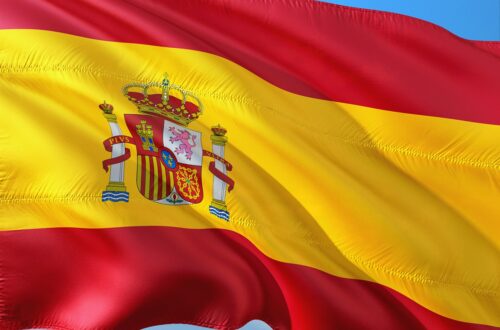
One Comment
Pingback: